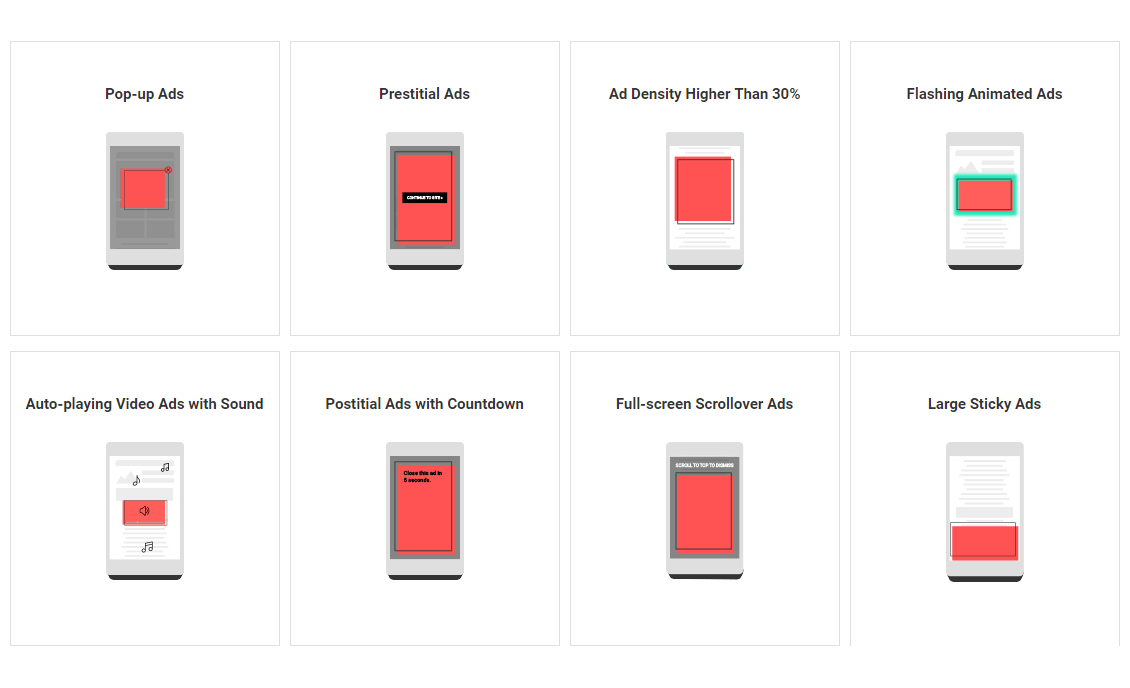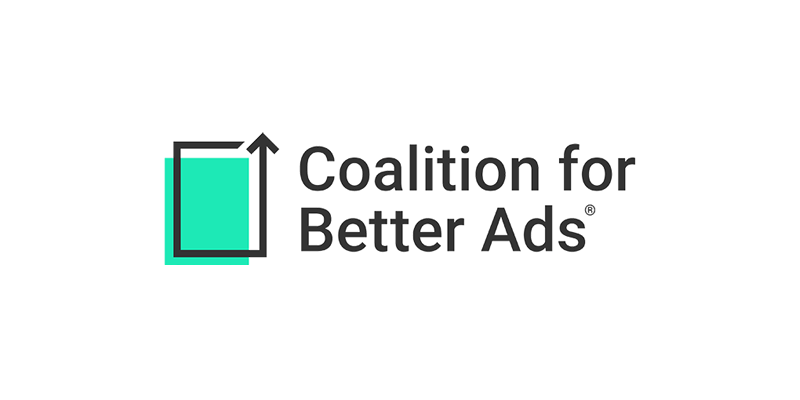Advertisements on the internet, everyone should meet them in almost every places they go on the web.
Since everyone knows that ads bring money, the once-were-traditional static banner ads have evolved, with many becoming intrusive. They can show up anywhere, at anytime. For viewers, these ads disrupt experience, and many aren't liking them.
Because the web with ads is certainly the way to go, and there is no option for no ads on the internet, this is where the 'Coalition for Better Ads' steps in.
This coalition has one goal in mind: improving online advertising experience for consumers by promoting the adoption of the Better Ads Standards for desktop and mobile web to all countries and regions worldwide.
In short, the coalition wants to end intrusive ads in one way or another.
What Coalition for Better Ads considers annoying ads, include:
Desktop Ads

- Pop-up Ads: the type of ads that pops up and blocks the main content of the page. They can appear at any time, and considered one of the most common. These ads come in many varieties, and can take up part of the screen, or the entire screen.
- Auto-playing Video Ads with Sound: these ads play sound without any user interaction, making them disruptive to experience. Ads that require a click to activate sound did not fall beneath the Better Ads Standard.
- Prestitial Ads with Countdown: they can appear before the content of the page has loaded, forcing users to wait before they can dismiss them. Often, the ad closes on its own. Prestitial Ads in desktop environments that can be dismissed immediately did not fall beneath the Better Ads Standard for desktop.
- Large Sticky Ads: ad that falls in this category, sticks at the bottom of the page regardless of user's efforts to scroll. It can be so large that it occupies more than 30% of the screen’s real estate.
Mobile Ads

- Pop-up Ads: similar to its desktop counterpart, this kind of ad is intrusive as it pops up and blocks the main content of the page. On mobile that has smaller screens, and where users usually want quick information while on the go, the experience of having this kind of ad can be a lot more annoying.
- Prestitial Ads: these ads appear on a mobile pages before content is loaded, blocking the user from continuing on to the content they have sought out. These ads can take a whole full-screen to part of the screen, and may also appear as a standalone page that prevents users from getting to the main content.
- Ad Density Higher Than 30%: these ads take up more than 30% of the vertical height of a page. They can include "sticky” ads and inline ads.
- Flashing Animated Ads: ads that animate and "flash" with rapid changing of background/text/color fall into this category. It's considered annoying because its main purpose is to create a severe distraction
- Auto-playing Video Ads with Sound: these ads play sound automatically, without any user interaction. They are disruptive because they catch users off guard, and often compels them to quickly close the window or tab to stop the sound.
- Postitial Ads with Countdown: these ads appear after a user follows a link, shown with countdown timers, and force the user to wait before dismissing them. These ads can be frustrating because they also disrupt the flow of content.
- Fullscreen Scrollover Ads: ads that fall into this category force users to scroll through them. Often taking up more than 30% of the page, they can also float on top of the page's main content, obstructing it from view. The result can be disorienting for users.
- Large Sticky Ads: these ads stick to a side of a mobile page, regardless of a user’s efforts to scroll. Because they are static, sticky and can be often more than 30% of the screen large, they are considered annoying.

Advertisement is something that cannot be avoided when browsing the web.
For good reasons, ads help support valuable free content, robust journalism and social connections across the internet. However, ads can also be bad, if they are intrusive. And here, consumers are increasingly frustrated with ads that disrupt experience, interrupt content and slow browsing.
The Coalition for Better Ads involves leading international trade associations and companies in online media.
With the aim to improve consumers’ experience with online advertising, the coalition leverages consumer insights and cross-industry expertise to develop and implement the global standards for online advertising that address consumer expectations.
Called the 'Better Ads Standards', they were created based on researches on more than 66,000 consumers who represent 70% of global online advertising spending.
The coalition also gathered preferences across countries and regions for the most- and least-preferred online ad experiences, supporting the adoption of the same Better Ads Standards for desktop and mobile web globally.
The coalition also identifies ad experiences that fall beneath a threshold of consumer acceptability, and also those that are most likely to drive consumers to install ad blockers.
“Consumers worldwide have sent a clear message to the online ad industry about the ad formats that disrupt their experience online,” said Stephan Loerke, CEO of the World Federation of Advertisers. “Successful brands will respond to consumers by taking steps to avoid these ad experiences in their marketing plans.”
To comply with these Better Ads Standards, publishers should basically remove placements that are not acceptable by those standards.
They can do that manually depending on their understanding, or use online tools to identify the problematic ones.